Situated along the scenic North Norfolk coast, RSPB Titchwell offers a range of diverse habitats, ranging from freshwater lagoons to saltwater marshes, and a beach; giving opportunities to observe a wide array of bird species and other wildlife. These habitats support a diverse range of invertebrates, fish, and plant life, which in turn attract numerous bird species, including waders, waterfowl, and seabirds.
Situated along the North Norfolk coast, Titchwell benefits from its proximity to both the sea and inland areas. It serves as an important stopover site for migratory birds, particularly during the spring and autumn migration seasons. The reserve's coastal location and diverse habitats offer essential rest and refueling opportunities for birds traveling long distances between breeding and wintering grounds.
With "weather" coming from the southwest during the day, traveling east seemed like a good plan. Water pipit, twite, black-necked and Slavonian grebes had all been reported in recent days and would all be year ticks.
After our customary stop for breakfast in King's Lynn, we arrived a little after 8.15am and opted for wellie boots as Kev had seen pictures of diggers and paths submerged in mud. Those getting out of the car just along from us were just in walking boots - oh how they'd regret that we thought.
We made our way along watching and listening but intent on getting to the beach while there was no mist or rain - to our left, a bank of low cloud or mist loomed in the distance. Through the scope, Kev @kev07713 spotted a Chinese water deer feeding and working to our left but at distance. Meanwhile, I noticed a spotted redshank in a nearby pool. When we switched positions, the deer had ventured too far for a clear photograph - as it walked away I managed only a photo from behind. Returning to the spotted redshank, I took the opportunity to take a few photos as it foraged and waded around the small pool.
Across the water and in the reeds a Cetti's warbler called and I managed to pick it out as it worked through the reeds. Kev picked out another in a large bush in the reedbed, hopping around under a stonechat. There would be more calling Cetti's but no more views.
We continued down to the beach and searched through the linnet flock for the twite reported over recent days, but without success - one or two people suggested the report the day before may have been erroneous. We couldn’t locate a water pipit either.
We bumped into a couple of birders who mentioned finding a black-necked grebe out at sea. Excited by the prospect, we hurried towards the beach to catch a glimpse. However, upon arrival, we found the water rather quiet, occupied mainly by a raft of common scoters, a few individuals, and pairs of the same,; also a red-breasted merganser and three great-crested grebes. Despite our best efforts, we couldn't spot either of the Slav or black-necked grebes. Nonetheless, the beach was busier as dunlins, turnstones, sanderlings, bar-tailed godwits, grey plovers, and oystercatchers scurried along the water's edge, probing for food among the exposed seaweed. Eventually we decided to head back to the Visitor's Centre for a well-deserved lunch.
On the way we stopped at the Parrinder Hides to check out the pipits, hoping for a water pipit but found only meadows. In the distance we saw gulls preening on small sandy islands and amongst them found a few Mediterranean gulls - a year tick for me. Behind was a grey plover.
As we returned to the main path, we came upon a flock of brent geese taking flight, some heading off into the distance, others settling back onto the marsh, and a few landing on the water; a delightful sight, with their striking deep black plumage adding to their charm.
We came across a group of birders, keeping an eye on a strip of land and wondered if they might have spotted the water pipit. But no such luck, they were just watching a distant Mediterranean gull and a nearer lapwing. I spotted a single golden plover and soon after the others were on it too. We were surprised by the lack of golden plovers, especially since we'd seen large flocks of them on our last visit.
In the bushes near the Visitor's Centre a dunnock called from the depths of a bush - it was never going to be a great photo but the bird was insistent that we pay attention. I quite like the detail.
At the cafe we ordered sausage baps and had planned to sit round the other side of the Centre to see if we could locate a brambling that had been reported. As we waited a report came in that the water pipit had been seen back up the track and so we collected our food and headed back onto the reserve. We spotted a Chinese water deer and waited to show it to a couple who had stopped to find out what we were looking at.
The Chinese water deer is a petite and sturdy deer, typically sporting a pale fawn coat with distinctive large rounded ears and striking button-black eyes. Unlike other deer species, the males lack antlers but boast elongated tusk-like canines. Standing slightly taller and notably lighter in color compared to muntjac, they also lack the hump-backed appearance. They exhibit a preference for wetlands adjacent to woodland areas and fen, occasionally venturing onto nearby farmland and are particularly evident in regions such as the Norfolk Broads and coastal wetlands. Interestingly, many have remarked that the facial features bear a resemblance to that of a teddy bear – a comparison that certainly holds true I think.
We walked on and spotted a handful of pintails coming in over the reedbed. I'd seen some nice photos of pintails recently and made a conscious effort to capture these in flight, hopefully showing the tail. In flight tthe tail of this sepcies is distinctive and striking, characterised by its long, slender shape and pointed ends. When viewed from a distance, it appears noticeably elongated, extending beyond the bird's body. Male pintails have striking plumage with a long slender neck, chocolate-brown head, white breast, and distinctive white stripe running down the sides of their otherwise gray bodies. Female pintails have mottled brown plumage for camouflage.
During the winter months in the UK, pintails are a common sight in wetland areas, estuaries, and coastal marshes. Many pintails migrate to the UK for the winter from their breeding grounds in northern Europe and Russia as we have milder winter conditions and abundant food sources, making it an attractive destination.
I couldn't help thinking of plates on a wall, with mallards in flight ...
We undertook a sustained search around the area where the water pipit had been reported but only managed to find meadow and a rock pipits. Onto the beach again with the hope of finding something new but the same birds were all in view. Eventually, I gravitated towards the water's edge, drawn to photograph the bar-tailed godwits. Amidst them, the sanderlings caught my eye, their antics reminiscent of clowns. Meanwhile, Kev couldn't resist capturing a moment of me "flushing the birds" by the shoreline.
Seeing bar-tailed godwits is always a highlight, especially since I often come across large gatherings of their black-tailed cousins at RSPB Frampton while my sightings of bar-tailed godwits are less frequent. These birds are renowned for their remarkable long-distance migrations, typically arriving in the UK during late summer or autumn from their breeding grounds in the Arctic. They follow specific flyways, covering extensive distances, sometimes spanning thousands of miles. Their plumage undergoes noticeable changes; in winter, it becomes paler with more greyish tones, while during the breeding season it displays a vibrant array of rich chestnut and cinnamon hues on the underparts.
In the closest pool to the beach we picked up a pair of red-breasted mergansers feeding reasonably close. They were showing well and deserved their photo call.
Returning to the Visitor's Centre, we headed to the feeders at the back. There, we joined a father and daughter observing the finches and tits gathered on the feeders and on the ground. About five minutes later, Kev spotted a female brambling. It foraged around the base of a feeding table before moving closer, directly in front of us under another table. I struggled to focus on the bird in the grass, and the colour reproduction seemed off. I adjusted it as best as I could. It won't be long before they begin their northward migration back to their breeding sites in Scandinavia, Russia, and parts of northern Europe. A muntjac deer strolled in and joined in hoovering up the spilled bird seeds and nuts.
We'd notched up 59 species but missed a number of target birds. A nice day out but a little frustrating.
Year list: 146.

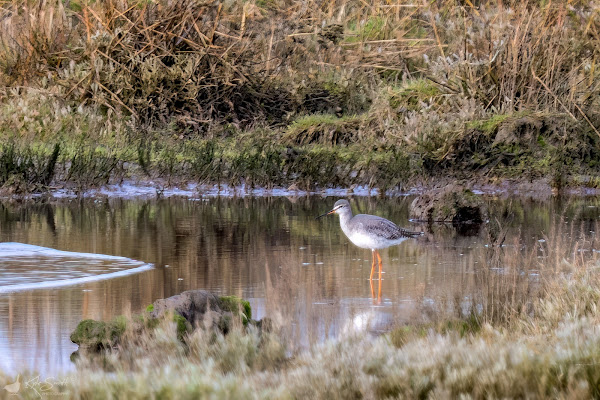

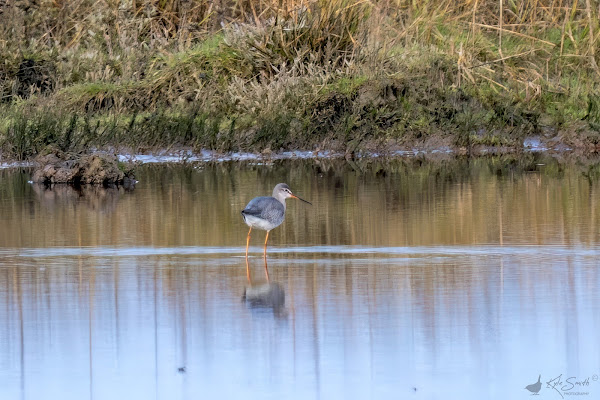


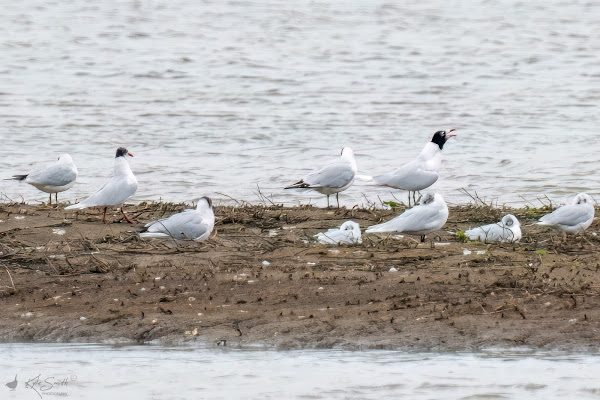
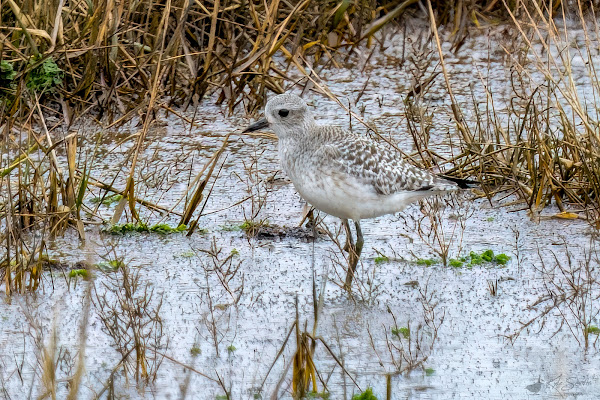

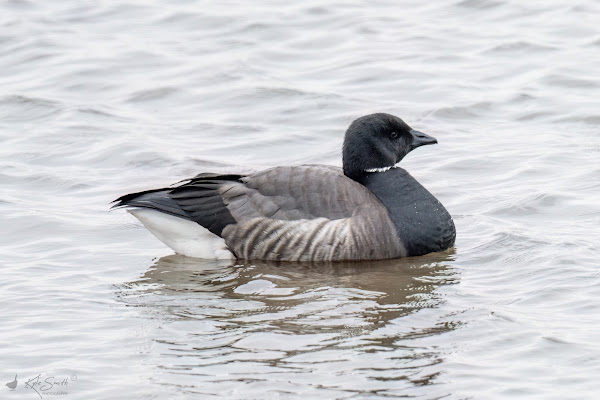

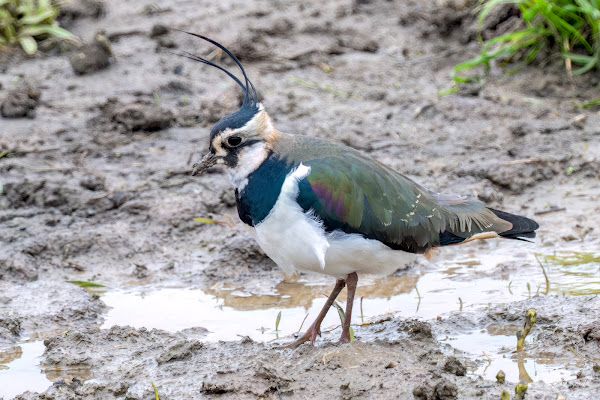




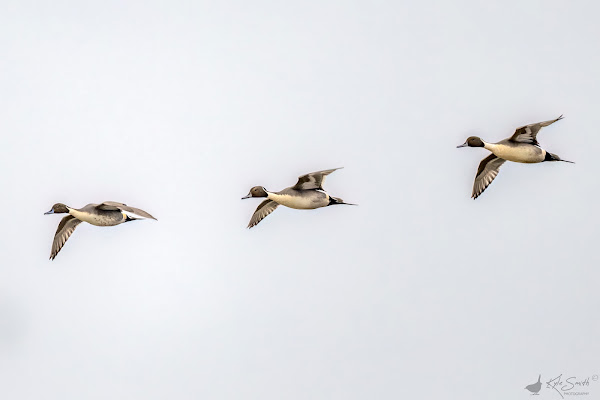
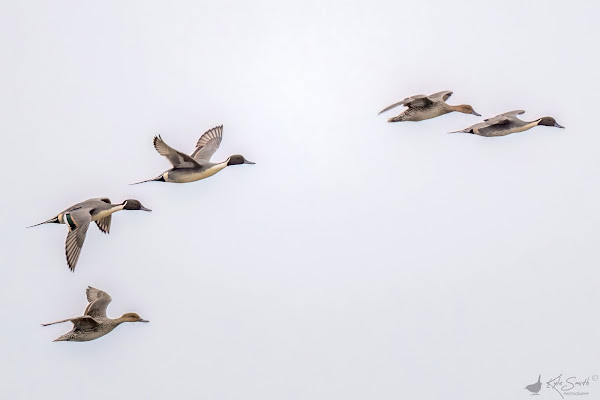

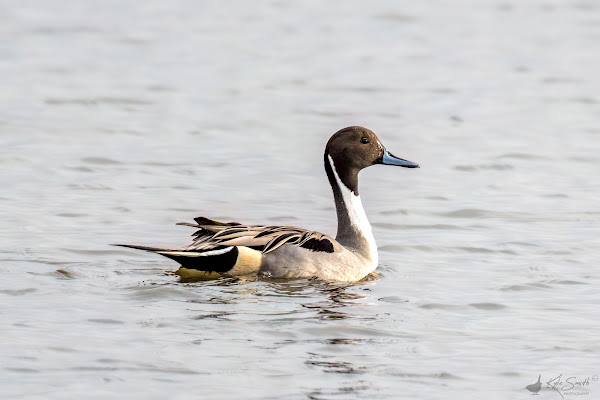
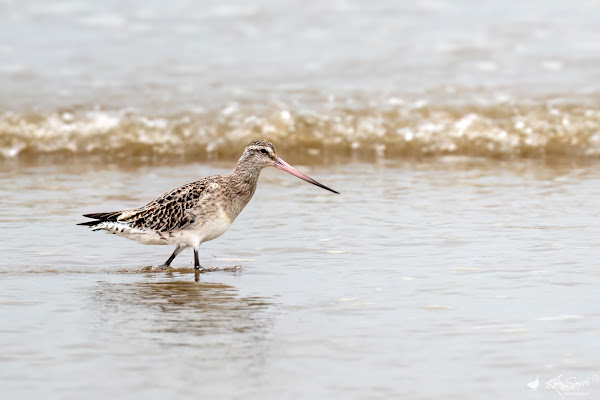


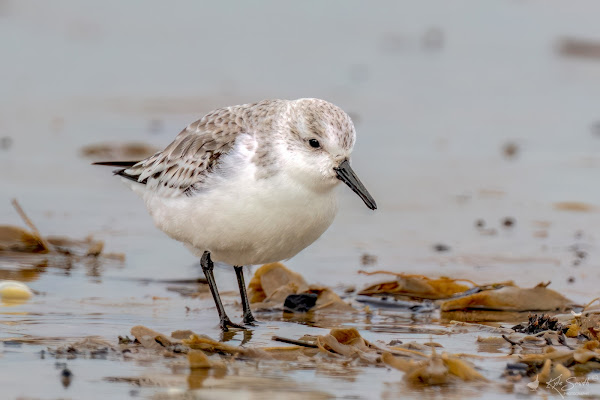
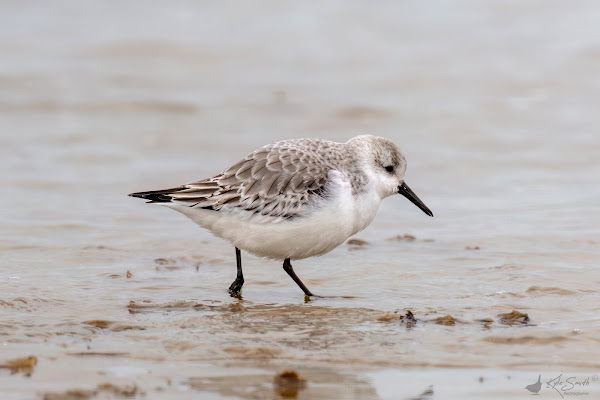







No comments:
Post a Comment